Israel’s fight against Hamas has been compared to the war against Isis between 2015 and 2019. That war was largely waged in Iraq and Syria, and one of the most important battles was the struggle to retake Mosul from the Islamists in 2017. The city and its outlying areas were home to two million people when Isis conquered it in the summer of 2014, and Isis had embedded itself within the local population. Around two million people live in Gaza today. It’s hard to distinguish Hamas from civilians.
When the Iraqi offensive against Isis in Mosul began in October 2016, there were warnings about the threat to the civilians in the city. I covered the battle when it began, and again as Iraqi forces, backed by US-led coalition aircraft, pushed slowly into the heart of the city in the following March. The nine-month battle was a grinding, slow war, fought street-by-street. Israel’s war against Hamas has been historically very different. Israel has preferred relying on air power to pummel Hamas in past conflicts, such as those in May 2021 and before that in 2012. But Israel has also sent ground forces into Gaza in the past – in 2009 and 2014. In each conflict, including the one today in Gaza, civilians are harmed. The explosion near a hospital in Gaza on Tuesday illustrates the horrors that can result from these conflicts.
Israel doesn’t have the time that Iraq did in Mosul
Hamas and Isis use similar tactics. They both operate among civilians in an urban area. They use drones and small arms, explosives, mines and weapons such as RPGs. In the opening phase of the Mosul offensive, the Iraqi army and Kurdish Peshmerga swept Isis out of outlying villages east of Mosul. This is the Nineveh plains, once a mosaic of Christian, Kurdish and Yazidi communities. Isis was easily defeated in these areas, and its forces mostly fled before the Iraqis arrived. US coalition aircraft and artillery had an easy time picking off the Isis fighters when they moved back toward Mosul. But once they were entrenched in the city, the task became more difficult.
The Iraqi army used elite units like the Iraqi Counter Terrorism Service to strike at Isis on the eastern side of the Tigris, the river which cuts Mosul in half. Here the streets were wide, a result of Saddam-era urban planning. The Iraqis, driving black Humvees, got chewed up in battles here because Isis would wait inside civilian homes until the Humvees passed through, and then ambush them from all sides. Casualties were high. After several months of fighting Isis in the east, with the Islamists often operating from tunnels that linked houses underground, the group fled back to Mosul’s old city.
The old part of Mosul is a warren of streets. When I went there in March this year, we had to drive through an areas laid waste by bombing. One building, in the al-Jadida neighbourhood, had been hit by a coalition bomb, and a secondary explosion killed 100 people. There was nothing left of these buildings. It looks similar to the destroyed buildings in Gaza. No matter how precise bombing is, and no matter the work that goes into preventing civilian deaths, entire neighbourhoods in the strip will be razed. Israel uses precision munitions and drones with modern military tech, but that won’t make much difference.
The war against Isis in Mosul was quite different. The Iraqi Federal Police, who did a lot of the fighting in Mosul’s old city, didn’t have much air cover in the last part of the war. This is because the coalition, after the Jadida bombing in March 2017, became reticent to strike areas where civilians might be located. Coalition artillery and other assets also became more wary. That Iraqi army relied therefore on fighters who had small arms – basically rifles and mortars. They had to go house to house. I crawled through civilian homes with these men as they slowly defeated Isis.
But Israel doesn’t have the time that Iraq did in Mosul. The international community probably won’t accept nine months of war in Gaza. Iran has also warned against toppling Hamas in the strip. Iranian-backed proxies, like Hezbollah, could increase their attacks on Israel. Iraq wasn’t suffering from this threat. Instead, the international coalition against Isis had, at its height, 70 countries as members. Isis was fighting one of the largest global coalitions in history. The Islamists were doomed to be defeated. Hamas has more support, and Israel will struggle to fight on multiple fronts.
Israel can learn from the Mosul battle. It will have to move faster than the Iraqis, but find away to do it without razing the strip completely. Israel will need to find a way to separate Hamas from the civilian population it hides behind. In the Mosul battle many civilians fled Mosul. Isis was squeezed into a small area, and then defeated. We don’t yet know Israel’s plan.
Got something to add? Join the discussion and comment below.
Get 10 issues for just $10
Subscribe to The Spectator Australia today for the next 10 magazine issues, plus full online access, for just $10.

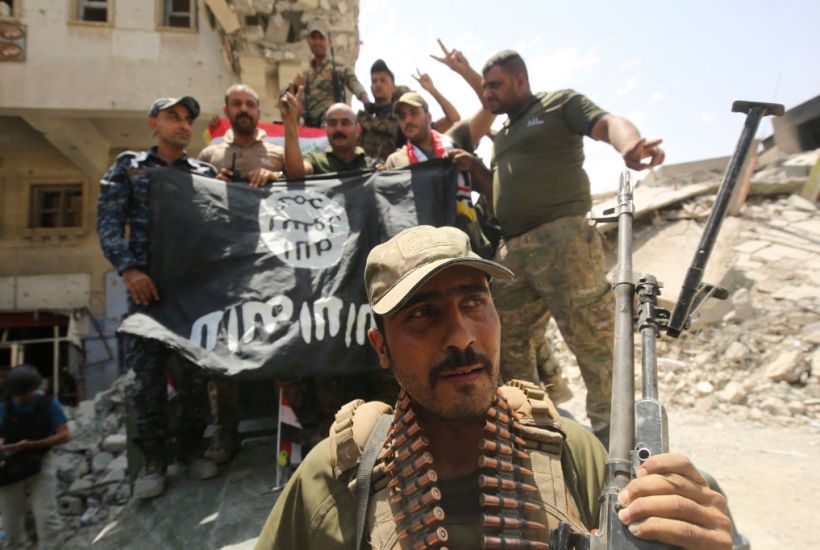
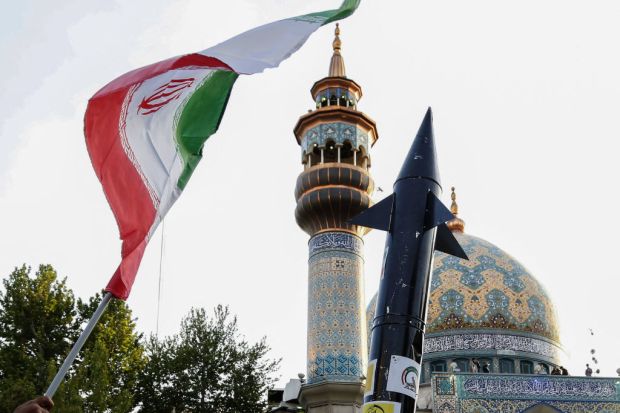
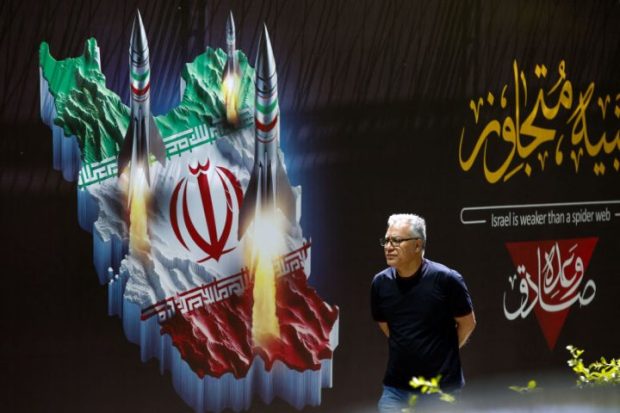
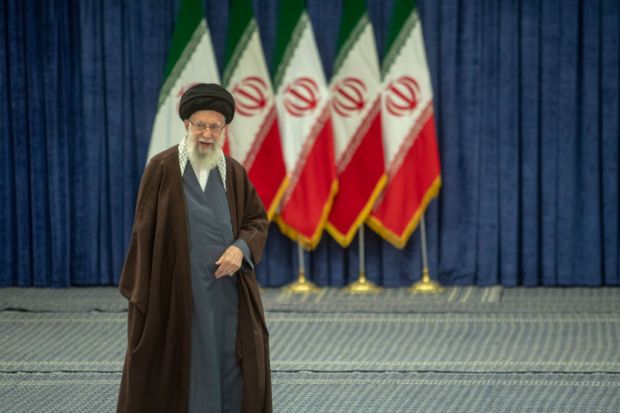
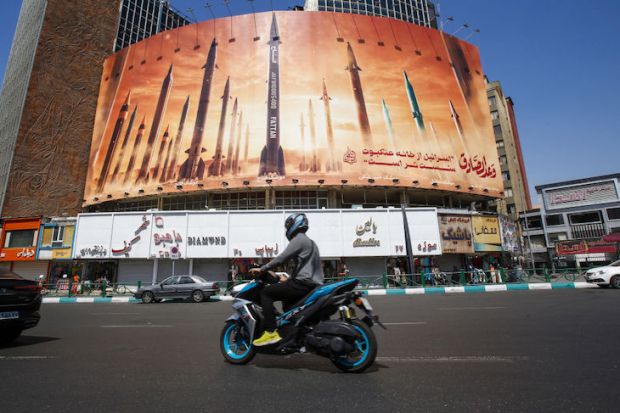
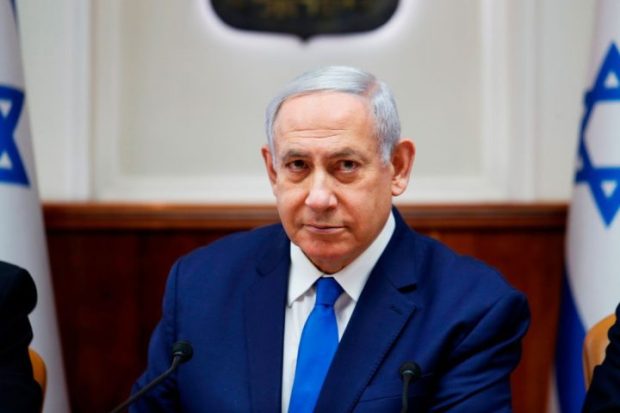













Comments
Don't miss out
Join the conversation with other Spectator Australia readers. Subscribe to leave a comment.
SUBSCRIBEAlready a subscriber? Log in